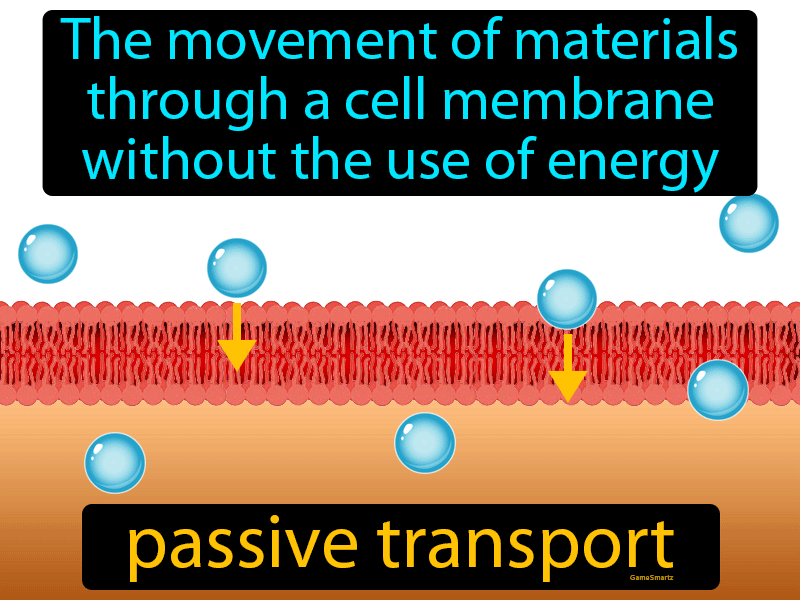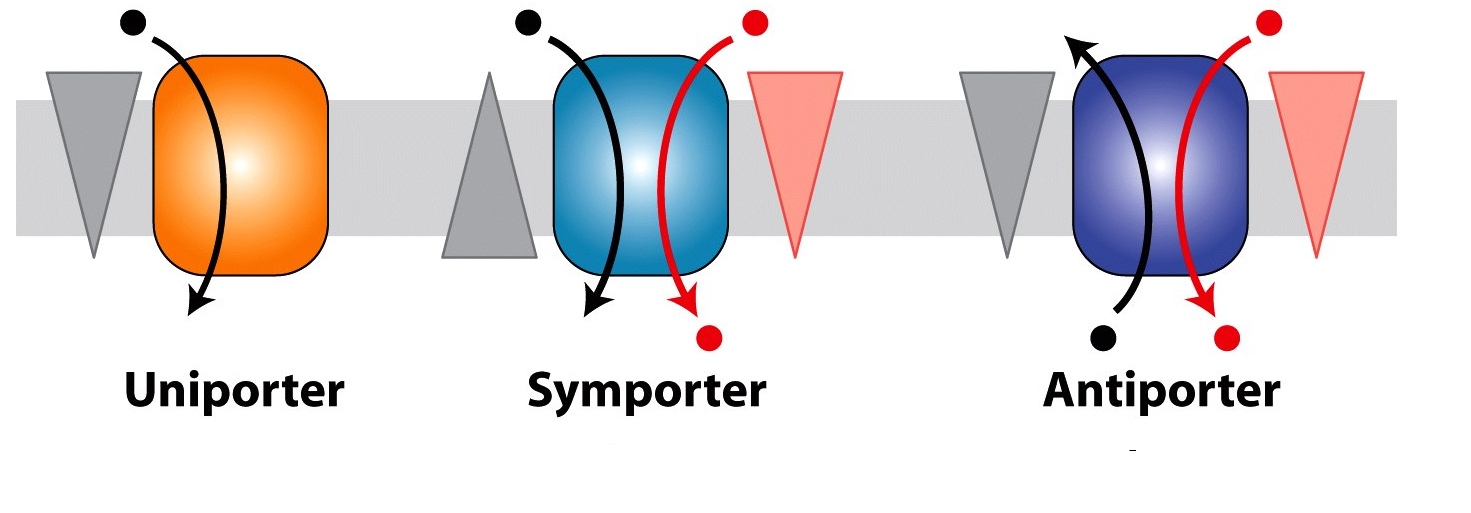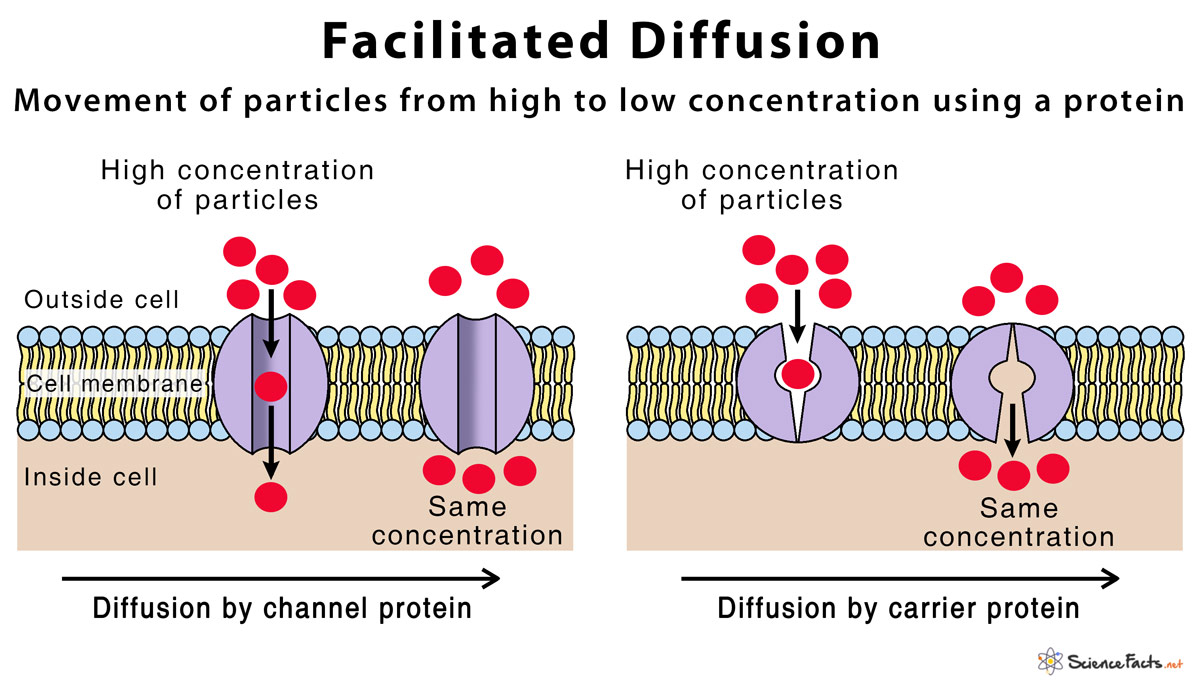Which Form Of Transport Requires The Expenditure Of Energy
Which Form Of Transport Requires The Expenditure Of Energy - C) energy in the form of glucose. The method of transporting material that requires energy. Active transport mechanisms require the cell’s energy, usually in the form of adenosine. In passive transport, substances move. Which form of membrane transport requires the expenditure of energy in the form of atp? Web the two major categories of membrane transport are ___a__ transport that requires no energy expenditure and __b___ transport a: B) energy in the form of atp. Web what is the difference between passive transport and active transport? 2.1 which form of transport through the plasma membrane requires the expenditure of energy by the cell? Web to include all the energy used in transport, we would need to also include the external energy costs of producing, transporting and packaging of fuel (food or fossil fuel or.
A) energy in the form of adp. Web movement across a membrane and energy. For instance, the transport of. An example of passive transport is diffusion, the movement of molecules from an area of high concentration to an area of. Active transport mechanisms require the cell’s energy, usually in the form of adenosine. 2.1 which form of transport through the plasma membrane requires the expenditure of energy by the cell? Web which form of membrane transport requires the expenditure of energy in the form of atp? Which form of membrane transport requires the expenditure of energy in the form of atp? Web active transport mechanisms require the use of the cell’s energy, usually in the form of adenosine triphosphate (atp). B) energy in the form of atp.
Web requires expenditure of energy in the form of atp to transport cell materials. Web what is the difference between passive transport and active transport? Active transport mechanisms require the cell’s energy, usually in the form of adenosine. D) energy in the form of fructose. During active transport, substances move against the concentration gradient, from an area of low concentration to an area of high. There are two major ways that molecules can be moved across a membrane, and the distinction has to do with whether or not cell. Web which form of membrane transport requires the expenditure of energy in the form of atp? If a substance must move into the cell against its. Active transport b.bulk transport c. What mechanism does active transport.
Comparison of energy expenditure (a), energy intake (b), and energy
There are two major ways that molecules can be moved across a membrane, and the distinction has to do with whether or not cell. What mechanism does active transport. Web passive transport does not require energy input. Web active transport mechanisms require the use of the cell’s energy, usually in the form of adenosine triphosphate (atp). Active transport b.bulk transport.
Cell Membranes and Transport Physiology
Web the two major categories of membrane transport are ___a__ transport that requires no energy expenditure and __b___ transport a: What mechanism does active transport. During active transport, substances move against the concentration gradient, from an area of low concentration to an area of high. This occurs by the expenditure of energy and occurs against the concentration gradient of the.
Solved 1. What type of transport requires ATP? In passive
Web transportation energy is responsible for 65% of all petroleum usage in the united states. Web the two major categories of membrane transport are ___a__ transport that requires no energy expenditure and __b___ transport a: What mechanism does active transport. There are two major ways that molecules can be moved across a membrane, and the distinction has to do with.
Passive Transport Definition & Image GameSmartz
Web what is the difference between passive transport and active transport? Web movement across a membrane and energy. Active transport mechanisms require the cell’s energy, usually in the form of adenosine. Web which form of membrane transport requires the expenditure of energy in the form of atp? Web active transport mechanisms require the use of the cell’s energy, usually in.
Professional Diploma in Sports Nutrition Module 1 Lesson 2 Devbytes
D) energy in the form of fructose. B) energy in the form of atp. Web transportation energy is responsible for 65% of all petroleum usage in the united states. A) energy in the form of adp. Web distinguish between primary active transport and secondary active transport.
The facts about transport spending in London London Datastore
Web movement across a membrane and energy. An example of passive transport is diffusion, the movement of molecules from an area of high concentration to an area of. During active transport, substances move against the concentration gradient, from an area of low concentration to an area of high. Which form of membrane transport requires the expenditure of energy in the.
NEET Biology Transport in Plants Study Notes
This occurs by the expenditure of energy and occurs against the concentration gradient of the molecule to be transported. D) all of the above. Web the simplest forms of transport across a membrane are passive. During active transport, substances move against the concentration gradient, from an area of low concentration to an area of high. There are two major ways.
Which Process Requires The Expenditure Of Cellular Energy
Web passive transport does not require energy input. Active transport requires the expenditure of energy, typically atp. An example of passive transport is diffusion, the movement of molecules from an area of high concentration to an area of. For instance, the transport of. The method of transporting material that requires energy.
Facilitated Diffusion Science Facts
D) energy in the form of fructose. Web transportation energy is responsible for 65% of all petroleum usage in the united states. Web distinguish between primary active transport and secondary active transport. Web the simplest forms of transport across a membrane are passive. During active transport, substances move against the concentration gradient, from an area of low concentration to an.
Solved 29) Which of the following statements about diffusion
Web which form of membrane transport requires the expenditure of energy in the form of atp? Web transportation energy is responsible for 65% of all petroleum usage in the united states. Web the simplest forms of transport across a membrane are passive. Web requires expenditure of energy in the form of atp to transport cell materials. A) passive diffusion b).
D) All Of The Above.
Active transport b.bulk transport c. Web which form of membrane transport requires the expenditure of energy in the form of atp? A) passive diffusion b) facilitated diffusion c) ion pumps d) all of the above. Web movement across a membrane and energy.
Web To Include All The Energy Used In Transport, We Would Need To Also Include The External Energy Costs Of Producing, Transporting And Packaging Of Fuel (Food Or Fossil Fuel Or.
2.1 which form of transport through the plasma membrane requires the expenditure of energy by the cell? Web passive transport does not require energy input. Web distinguish between primary active transport and secondary active transport. Web passive transport is a naturally occurring phenomenon and does not require the cell to expend energy to accomplish the movement.
This Occurs By The Expenditure Of Energy And Occurs Against The Concentration Gradient Of The Molecule To Be Transported.
The method of transporting material that requires energy. During active transport, substances move against the concentration gradient, from an area of low concentration to an area of high. Web requires expenditure of energy in the form of atp to transport cell materials. C) energy in the form of glucose.
Riley Shows That Personal Transportation Vehicles Consume More Than Half Of This.
For instance, the transport of. Web transportation energy is responsible for 65% of all petroleum usage in the united states. If a substance must move into the cell against its. Web the two major categories of membrane transport are ___a__ transport that requires no energy expenditure and __b___ transport a:









